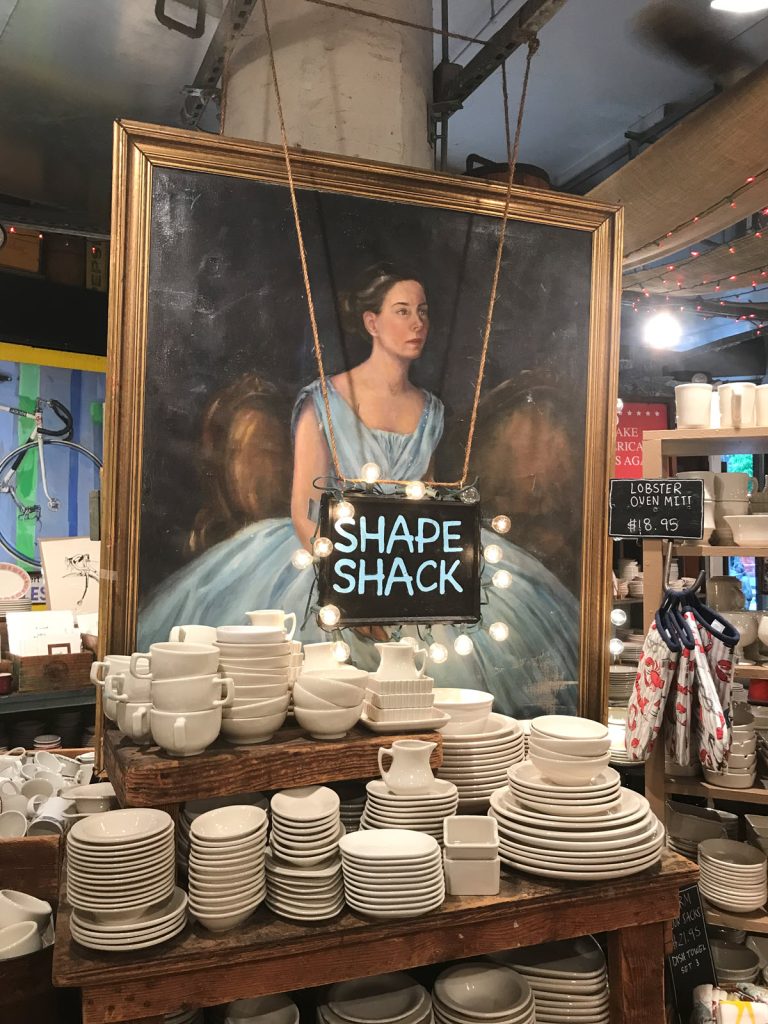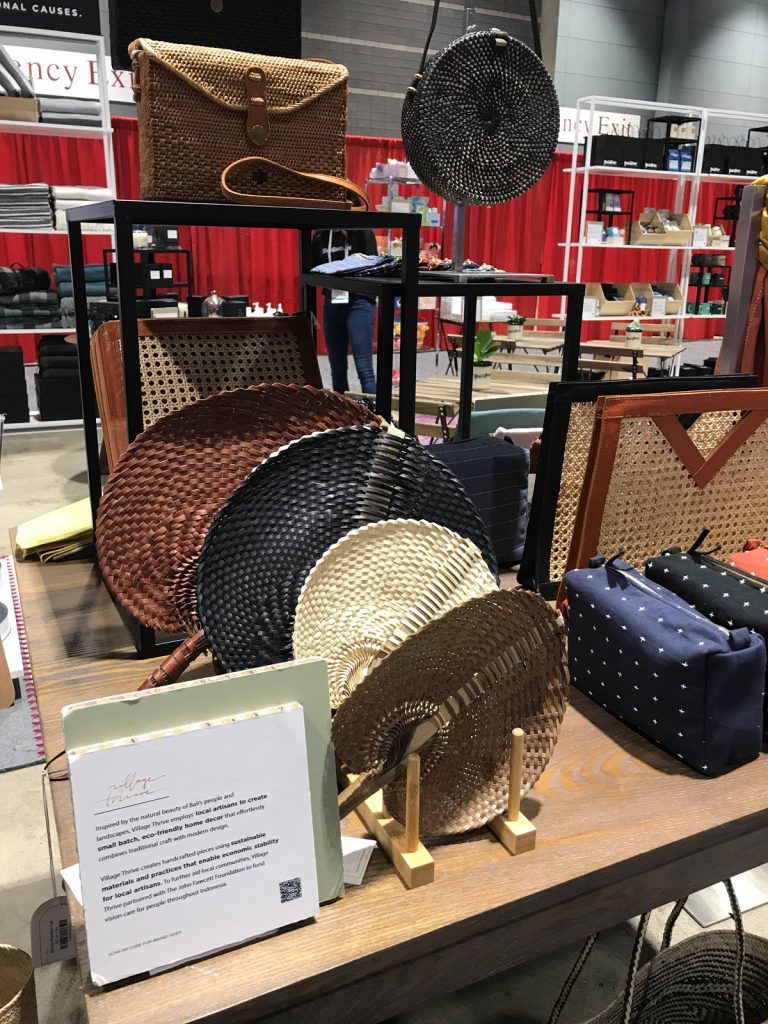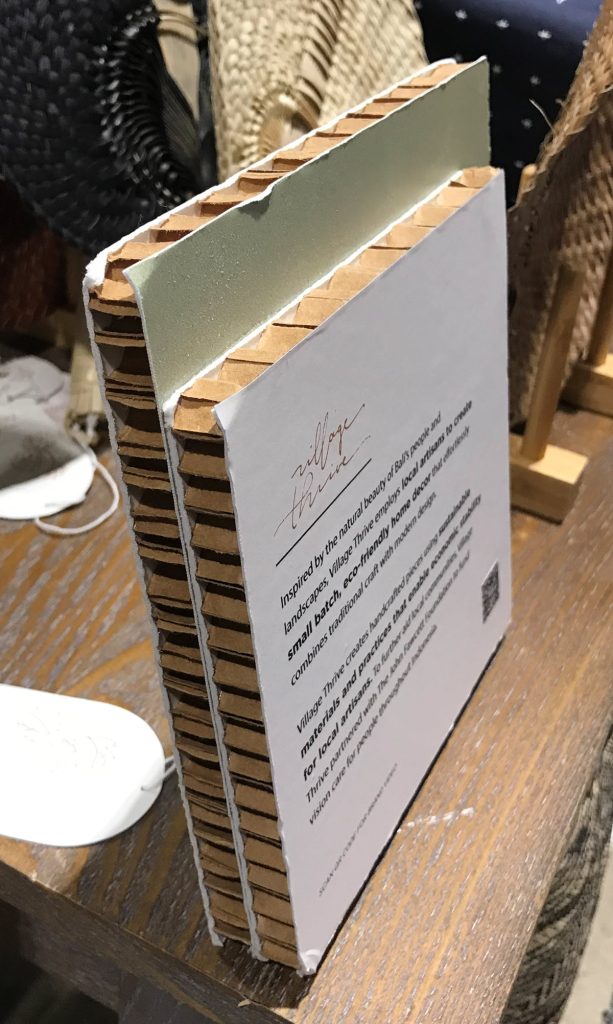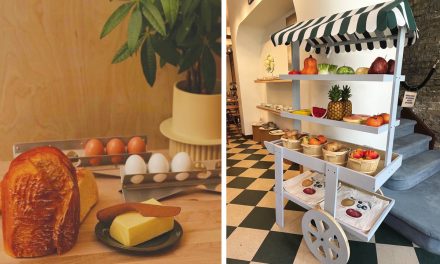By Amy Meadows
Boost Sales through Storytelling
In the ever-evolving retail culture, “storytelling” has taken on an increasingly critical role. While it might not be recounting tales in a way we associate with bedtime or our book club, there’s no debating the importance of storytelling to today’s shopper. The customer wants to know more than just what you’re selling. They want to know why you’re selling it. They’re thinking, Please take me beyond the product and the packaging. Let me in on insider information, tell me about your mission, and I’ll be that much more excited about shopping with you!
Storytelling builds loyalty and drives sales. Be strategic and watch your customers respond enthusiastically. As always, your visual merchandising choices are important.

Tell Me About Your Store
Successful businesses don’t just randomly spring up. Launching a retail endeavor requires passion, dedication, and planning. Your store’s name alone is an opportunity to share a little history or personality. Think about what other things your customers may want to know about your store, such as if it’s a family business and how long you’ve been in the building or neighborhood.
Tempted to update that vintage neon sign? Think twice! In historic neighborhoods and shopping districts, distinctive storefronts and nostalgic neon signs set the stage for adaptive reuse, trendy hotels, and quirky event venues. Even former places of worship that are now condominiums, arts centers, and brew pubs benefit from historic references. Go beyond the National Register of Historic Places plaque and seek engaging ways to share stories with and show memorabilia to your visitors. Make certain that newer, younger employees understand this backstory and appreciate the importance to both residents and tourists alike.
Tell Me About Your Merchandise and the Artisans
Studies show that most nonessential purchases we make are “souvenirs.” In essence, they come from a desire to maintain the memory of a special experience. I know that many of the gifts I buy for myself and others are purchased because I love learning about the artisan or the designer.
Did I really need any of the items I purchased during my trip East last week? Of course not. But they looked so lovely in the window and inside the store I had no choice, right? I really, really wanted those decorative accessories. Every time I fill that vase or light that candle, I’m reminded of a wonderful visit and an exciting discovery. Storytelling is even more important if you operate occasional pop-ups or introduce newer artists within a more established inventory.
Make Me Laugh
Fishs Eddy’s brand includes catchy, clever display “headlines” in the store and in the windows. The store’s sly humor continues with easy-to-grab cards at checkout, inviting me to take my interest in, and affection for, their business online. More importantly, these clever collateral items allow me to share the story with others. How many times have you returned from an adventure, such as a vacation or a trade show, eager to share your discoveries? Whether buried treasure or fabulous finds for your home or store, start spreading the news!
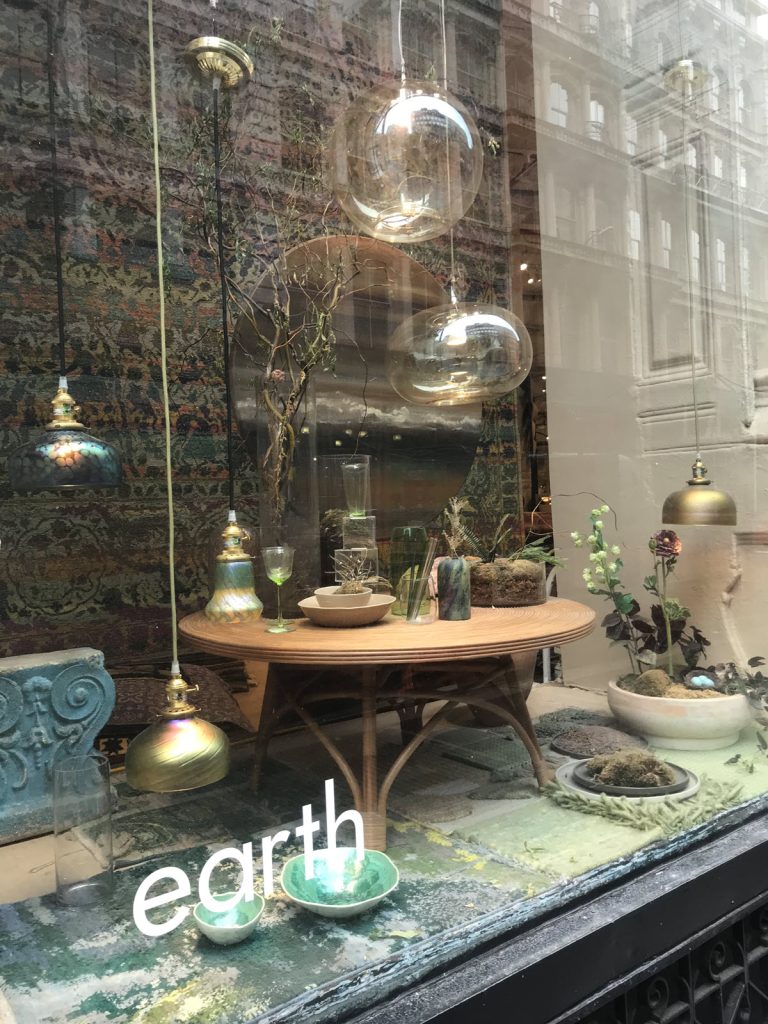
Tell Me Where My Money Goes
“When given the choice between two similar brands or products, 71% of consumers will purchase from a purpose-driven company over the alternative. Nearly 80% of consumers are more likely to remember a company with a strong purpose and 4.5 times more likely to recommend it to friends and family,” wrote Blake Morgan on Forbes.com (bit.ly/Forbes-SocialGood).
While you might recognize the acronym BOGO as “Buy One, Get One,” it can also mean “Buy One, Give One.” TOMS and Warby Parker were among the first brands to leverage customer loyalty and altruism beyond the cash register, providing duplicate items (shoes, eyewear) to groups in need.
Philanthropy on that scale isn’t an option (or expectation) for independent retailers, but there are ways to alert your shoppers to some “feel good, do good” opportunities with local artists, indigenous groups, eco-friendly products, etc. Just as the Forbes quote indicates, I’m far more likely to purchase one brand over another if I believe my money will go further or benefit efforts/ activities that are important to me.
Launched by the Vera Bradley company, goodMRKT “is a community of makers and creators who confront the challenges of the world and dare to make a difference. It is the foundation of a new movement where products have a purpose, giving back is a given, and passionate entrepreneurs build a better future with the “‘goods that do good.’”
With a permanent location in Fort Wayne, Indiana, and short-term appearances in SoHo and other neighborhoods throughout the country, goodMRKT carefully curates its vendors, and that attention is noticeable in its visual merchandising approaches — clean, simple fixturing and recyclable signage materials.
Today’s shoppers want more than just impersonal transactions. They want to engage with the product’s story, its maker, and the business that’s selling it. They want to see their money being put to good use, by aligning with stores that share their common interests and values. That’s one of the reasons so many people are turning away from chain stores to experience and enjoy the personal feel of a mom-and-pop shop. So be sure to take every opportunity to make your stories come alive and create a loyal customer following.
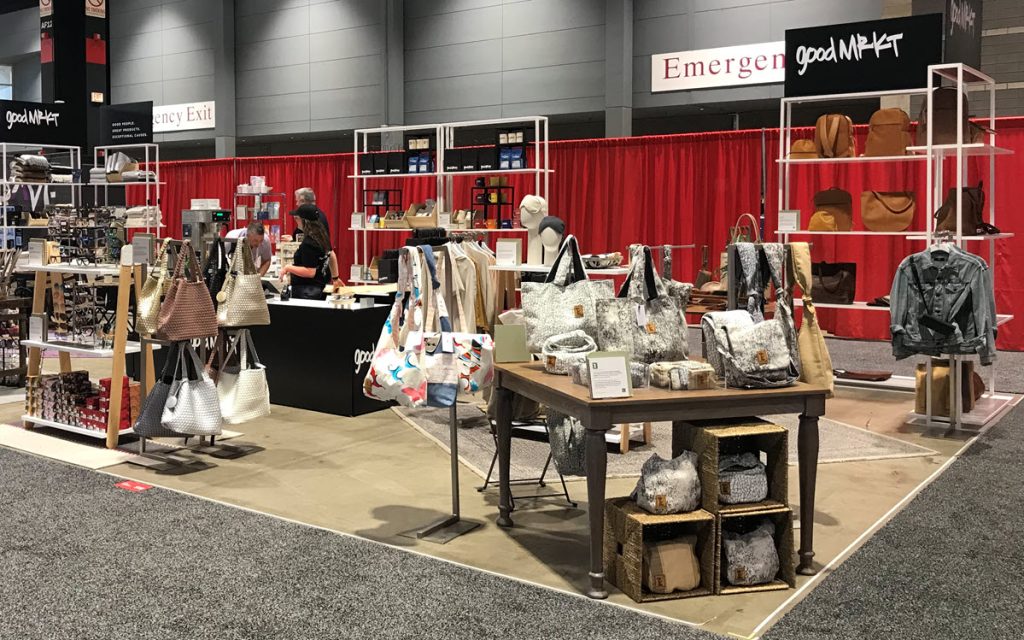
Have an interesting display to share? Or a question about visual merchandising strategies for your business or your district? Visit www.windowsmatter.com for more information.




